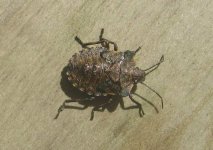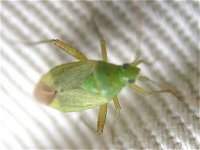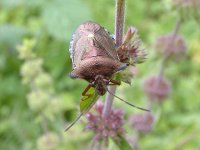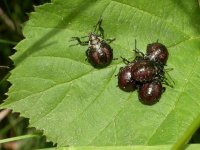harry eales
Ancient Entomologist
Surreybirder said:When is the 'season' for finding the adults, Harry?
The answer is not quite as simple as it may seem. Unlike the majority of Butterflies and Moths they don't have a season as such. The great majority of Shieldbugs hibernate as adults. In the spring they emerge from hibernation, mate and produce progeny, many species (as well as the Parent Bug) do seem to have some parental duties in looking after their young. Most overwintered Adults die off in mid Summer, but some survive to see their own young mature into adults.
So the answer is really, most of the year, not counting the winter months when they are in hibernation. Even then you may stumble over one or two hibernating specimens.
The best time to look for them is from early March to late September, that's when most species can be found. However, you do have to conduct searches for many species they are not all easily found.
Harry








